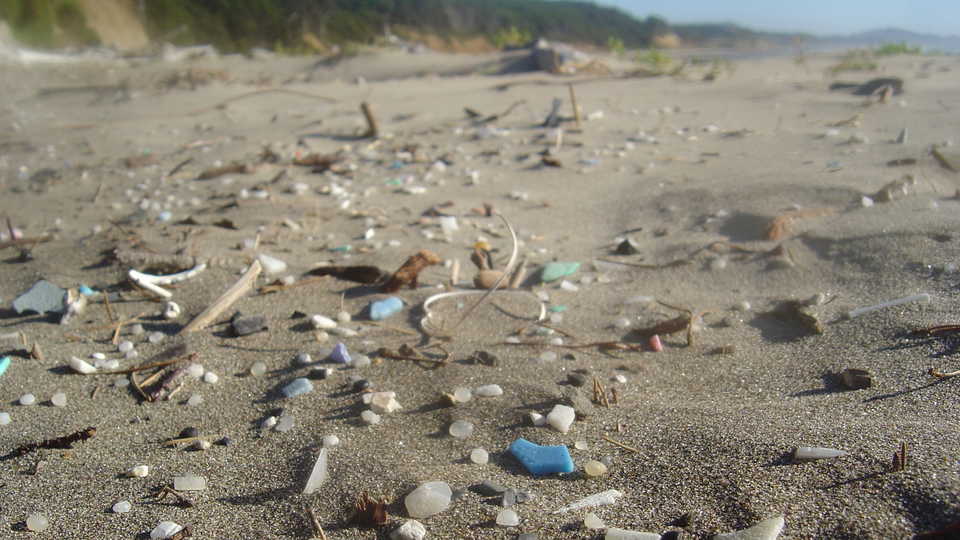Science News
Plastic Solutions

Plastics are a problem. Worldwide, about 50 million tons of plastic made from PET—polyethylene terephthalate—are produced each year for items such as fabrics, electronics, recyclable beverage containers, and personal-care products. PET is derived from refined petroleum and natural gas, making it a large contributor to greenhouse gas emissions. “The use of fossil-fuel feedstocks, combined with the energy required to manufacture PET, generates more than four tons of CO2 for every ton of PET that’s produced,” says Stanford’s Matthew Kanan. And the issues with plastic don’t end with its manufacturing. Despite modestly successful recycling efforts, tens of millions of tons of plastic ends up in landfills, and even worse, the oceans, where plastic wreaks all sorts of havoc with marine life. Some report that there could be more plastic than fish in the ocean by 2050.
So scientists are working on solutions on both ends of the spectrum—the manufacturing and the waste. Two recent studies address these issues with potentially long-term remedies for our problems with plastics.
Kanan, Aanindeeta Banerjee, and their Stanford colleagues are trying to make a more sustainable plastic called PEF, polyethylene furandicarboxylate. PEF is currently sourced from plant-based materials, but as with the arguments against biofuels, this becomes a problem when the crops compete with land for food and require lots of energy, fertilizer, and water. So the team is looking at a combination of really interesting replacements: caesium carbonate, carbon dioxide, and furfural, a compound made from agricultural waste that has been widely used for decades. They also propose that the carbon dioxide required to make PEF could be obtained from fossil-fuel power plant emissions or other industrial sites. So in essence, plastic from waste materials! In addition, the team reports that this PEF would be recyclable. “We believe that our chemistry can unlock the promise of PEF that has yet to be realized,” Kanan says. “This is just the first step. We need to do a lot of work to see if it's viable at scale and to quantify the carbon footprint.” The study was published last week in Nature.
On the waste side of the plastic problem, a new study in Science describes a newly discovered bacterium that will degrade plastics made from PETs. Looking at waste from a nearby plastic recycling center, Japanese scientists discovered that the bacteria species Ideonella sakaiensis “breaks down the plastic by using two enzymes to hydrolyze PET and a primary reaction intermediate, eventually yielding basic building blocks for growth,” according to the study. With a little manipulation, the team hopes that the bacteria “could one day remediate PET-contaminated environments or reclaim the plastic’s starting materials, which at present are derived from petroleum,” reports Scientific American. The bacteria could be the ultimate recycler, preventing further emissions from plastic production, and protecting our oceans.
These are just two recent potential solutions for the plastics problems. There are many more in the works.
Image: circle face/Flickr